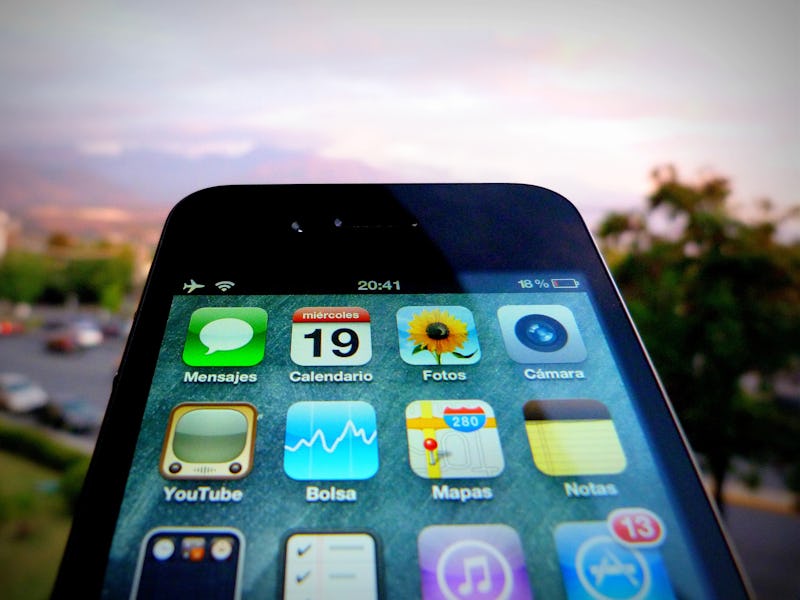While you have the freedom to wear a skimpy swimsuit this summer to keep cool, remember your poor phone doesn’t. In fact, your favorite clunky metal brick doesn’t even have a powerful self-cooling system, which means it will overheat if exposed to the sun for a long period of time (think: about a half hour). It's not really a question of whether or not this will happen. It will happen. The question is what you'll do when it does.
In an event the phone does overheat, that sinister warning familiar to both iPhone and Android users will appear. Listen to it! Turn the damn thing off. Then wipe the panicked look off your face and follow these next four steps:
1) Don’t try to make the phone cold. When you get too hot, the best move is to jump in a pool, not an ice bath. It might seem smart to put your phone next to a fan or an air conditioner, but it isn't. Doing so can create condensation inside the phone and cause further damage. Just put it in the shade.
2) Take the case off. For your phone, it's like a Canada Goose jacket, which is to say uncomfortable in the middle of the summer. Let the phone strip down and give off heat.
3) Don’t touch it. Now that it’s off and chilling the shade, the phone should get back to normal within a half hour. Going forward, think of the phone as a precocious toddler who can’t handle the heat and keep it in the shade.
4) Do shut off any apps you aren’t using, especially the ones that suck the life out of your battery like Twitter, Spotify and Instagram. Yes, it might be hard not to overshare a hashtag beach hashtag summer photo, but the battery will thank you. Leaving those apps on overworks the battery and is one of the reasons why it overheated. Also, turn the brightness down.
5) The best solution is to not bring the phone to the beach or the pool in the first place. It's essentially a magnet for water, sand, heat and every other damn thing. That said, you're going to bring it - let's be real - so just try to minimize your phone use and throw it some shade.
